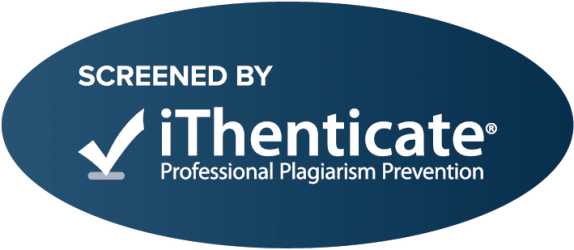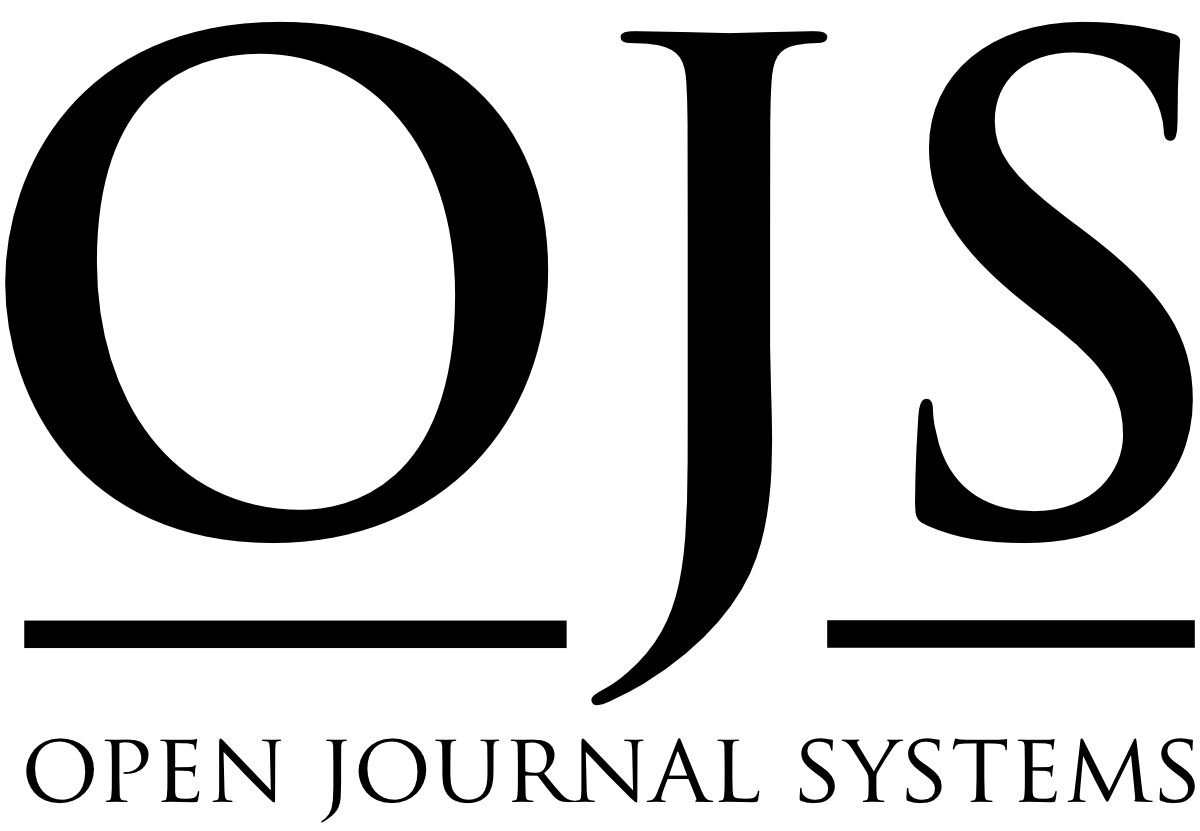The Effects of Prospective Teacher-Lecturer: Rapport on Prospective Teachers’ Attitudes and Self-Efficacy Beliefs towards Teaching Profession
Keywords:
Student-teacher rapport, attitude, self-efficacy, prospective teachersAbstract
Positive learning environment enhance students' motivation. Student-teacher rapport is a way of building positive classroom environment. The student-teacher rapport has been identified in the literature as a significant factor influencing learning outcomes. Research on student-teacher rapport examined together with the concepts of attitude and self-efficacy is limited. However, to consider student-teacher rapport, attitudes and self-efficacy beliefs towards teaching profession is important to uncover the factors affecting quality in the teaching profession. Thus, to determine the predictive power of student-teacher rapport on prospective teachers’ attitudes and self-efficacy beliefs towards teaching profession was the aim of the study. This study was in a correlational design. The study was conducted on 499 prospective teachers who studying in a university located in the western part of Turkey and participating voluntarily in the study, during the 2015-2016 spring term. Data were collected using three instruments, the Teacher-Student Rapport Scale, the Teachers’ Sense of Efficacy Scale, and the Attitude Scale of Teaching Profession. Pearson product-moment correlation coefficient (Pearson’s r) and stepwise-regression analysis were conducted to analyze the data. Results revealed that the student-teacher rapport and the prospective teachers' self-efficacy beliefs and attitudes towards teaching profession were positively and significantly related to each other. Also, the prospective teacher-lecturer rapport had a significant effect on prospective teachers' attitudes and self-efficacy beliefs towards the teaching profession. While prospective teacher-lecturer rapport predicted 8% of the prospective teachers' attitudes towards the teaching profession, the rapport between prospective teacher and lecturer predicted 10% of the prospective teachers’ self-efficacy beliefs towards the teaching profession.Downloads
References
Akın, A., Sahranç, Ü., Akın, Ü., Kaya, M., Turan, M. E.,and Kaya, Ç. (2014). Öğretmen öğrenci yakınlığı ölçeği: Türkçe formu geçerlik ve güvenirliği. III. Sakarya Eğitim Araştırmaları Kongresi, 12 Haziran 2014, Sakarya.
Anderman, E. M. (2002). School effects on psychological outcomes during adolescence. Journal of Educational Psychology, 94, 795-809.
Andersen, J. F. (1979). Teacher immediacy as a predictor of teaching effectiveness. In D. Nimmo (Ed.), Communication Yearbook 3 (pp, 543- 559). New Brunswick, NJ: Transaction Books.
Arends, R. I. (1988). Learning to teach. Random House.
Bandura, A. (1997). Self efficacy: The exercise of control.New York: W. H. Freeman
Bandura, A. (1977). Self-efficacy: Toward a unifying theory of behavioral change. Psychological Review, 84, 191-215.
Benson, A. T., Cohen, L. A., Buskist, W. (2005). Rapport: Its relation to student attitudes and behaviors toward teachers and classes. Teaching of Psychology, 32, 237–239.
Buskist, W., & Saville, B. K. (2001). Rapport-building: Creating positive emotional contexts for enhancing teaching and learning. APS Observer, 14(3), 12-13.
Buskist, W., & Saville, B. K. (2004). Rapport-building: Creating positive emotional contexts for enhancing teaching and learning. In B. Perlman, L. I. McCann, & S. H. McFadden (Eds.), Lessons learned, Vol. 2: Practical advice for the teaching of psychology (pp. 149155-). Washington, DC: American Psychological Society.
Coupland, J. (2003). Small talk: Social functions. Research on Language and Social Interaction, 36, 1-6.
Creswell, J. W. (2012). Educational research: Planning, conducting, and evaluating quantitative and qualitative research (4th ed.). Boston, MA: Pearson.
Çapa, Y., Çakıroğlu, J., & Sarıkaya, H. (2005). The development and validation of a Turkish version of teachers’ sense of efficacy scale, Education and Science 30(137), 74-81.
Downey, J.A. (2008). Recommendations for fostering educational resilience in the Classroom. Preventing School Failure, 53, 56-6
Frisby, B. N., & Myers, S. A. (2008). The relationship among perceived instructor rapport, student participation, and student learning outcomes. Texas Speech Communication Journal, 33, 27-34.
Frisby, B. N., & Martin, M. M. (2010). Instructor-student and student-instructor rapport in the classroom. Communication Education, 59, 146-164.
Frisby, B. N., & Gaffney, A. L. (2015). Understanding the role of instructor rapport in the college classroom. Communication Research Reports, 32, 340–346.
Gage, N. L. (1978). The scientific basis of the art of teaching. New York: Teachers Collage Press, Colombia Uniersity.
Gibson, S., & Dembo, M. H. (1984). Teacher efficacy: A construct validation. Journal of Educational Psychology, 76, 569-582.
Gorham, J. (1988). The relationship between verbal teacher immediacy behaviors and student learning. Communication Education. 37. 40-53.
Gorham, J., & Christophel, D.M. (1990). The relationship of teachers’ use of humor in the classroom to immediacy and student learning. Communication Education, 39, 46–62.
Gremler, D. D., & Gwinner, K. P. (2000). Customer-employee rapport in service relationships. Journal of Service Research, 3, 82–104.
Knoblauch, D., & Hoy, A. W. (2008). “Maybe I can teach those kids.” The influence ofcontextual factors on student teachers’ efficacy beliefs. Teaching and TeacherEducation, 24(1), 166-179.
Linenbrink, E. A., and Pintrich, P. R. (2003). The role of self-efficacy beliefs in studentengagement and learning in the classroom. Reading and Writing Quarterly, 19, 119137.
Lowman, J. (1994). Professors as performers and motivators. College Teaching, 42, 137– 141.
Maslow, A. H. (1943). A theory of human motivation. Psychological review, 50(4), 370.
Maslow, A. H. (1968) Toward a psychology of being, New York: Van Nostrand.
Mehrabian, A. (1981). Silent messages: Implicit communication of emotions and attitudes. Belmont, CA: Wadsworth.
Meyers, S. A. (2009). Do your students care whether you care about them?. College Teaching, 57(4), 205-210.
Meyer, D.K., & Turner, J.C. (2002). Discovering emotion in classroom motivation research. Educational Psychologist, 37(2),107-114.
Milner, H., & Hoy, A. (2003). A case study of an African American teacher’s self-efficacy, stereotype threat and persistence. Teaching and Teacher Education, 19, 263–276.
Moulding, L. R., Stewart, P. W., & Dunmeyer, M. L. (2014). Pre-service teachers' sense of efficacy: Relationship to academic ability, student teaching placement characteristics, and mentor support. Teaching and Teacher Education, 41, 60-66.
Mulholland, J., & Wallace, J. (2001). Teacher induction and elementary science teaching: Enhancing self-efficacy. Teaching and Teacher Education, 17(2), 243-261.
Ormrod, J. E. (2006). Essentials of educational psychology. Upper Saddle River, NJ: Pearson Merrill Prentice Hall. Chicago.
Osterman, K. F. (2000). Students’ need for belonging in school community. Review of Educational Research, 70, 323-367.
Pajares. F. (2002). Overview of social cognitive theory and of self-efficacy. Retrieved February 20, 2018 from http://www.uky.edu/~eushe2/Pajares/eff.html.
Santrock, J. W. (1976). Affective and facilitative self-control: Influence of ecological setting, cognition, and social agent. Journal of Educational Psychology, 68(5), 529.
Semerci, N., & Semerci, Ç. (2004). Türkiye’de Öğretmenlik Tutumları. Journal of Social Science, 14(1), 137-146.
Schunk, D. H. (1984). Self-efficacy perspective on achievement behavior. Educational Psychologist, 19, 48- 58.
Scott, J. E. (1996). Self-efficacy: A key to literacy learning. Reading Horizons, 36(3), 1.
Tabachnick, B. G., & Fidell, L. S. (2007). Using multivariate statistics (5th ed.). Boston, MA, : Allyn & Bacon/Pearson Education.
Tschannen-Moran, M., & Woolfolk Hoy, A. (2001). Teacher efficacy: Capturing an elusive construct. Teaching and Teacher Education, 17, 783-805
Tschannen-Moran, M., & Hoy, A. W. (2007). The differential antecedents of self-efficacy beliefs of novice and experienced teachers. Teaching and teacher Education, 23(6), 944-956.
Üstüner, M. (2006). Öğretmenlik mesleğine yönelik tutum ölçeğinin geçerlik ve güvenirlik çalışması. Kuram ve Uygulamada Eğitim Yönetimi, 45(45), 109-127.
Wilson, J. H., Ryan, R. G., & Pugh, J. L. (2010). Professor–student rapport scale predicts student outcomes. Teaching of Psychology, 37(4), 246-251.
Wilson, J. H. & Ryan, R. G. (2013). Professor-Student Rapport Scale: Six items predict student outcomes. Teaching of Psychology, 40, 130-133.
Wilson, J. H. (2006). Predicting student attitudes and grades from perceptions of instructor’s attitudes. Teaching of Psychology, 33, 91-95.
Woolfolk Hoy, A. & Spero, R. B. (2005). Changes in teacher efficacy during the early years of teaching: a comparison of four measures. Teaching and Teacher Education, 21(4), 343-356
Woolfolk Hoy, A. (2005). What predicts student teacher self-efficacy. Academic Exchange Quarterly, 9(4), 123-127.
Woolfolk, A. (1993). Educational psychology (5th ed.). Boston, MA: Allyn & Bacon.
Additional Files
Published
How to Cite
Issue
Section
License

This work is licensed under a Creative Commons Attribution-NonCommercial-NoDerivatives 4.0 International License.










